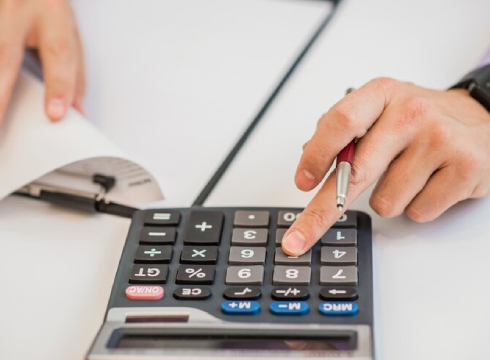Buy to Let mortgages are different to normal residential mortgages, because the amount you could borrow is also linked to the amount of rental income you expect to receive plus any additional disposable income you may have.
You’ll also need to set aside some money to pay for other costs like solicitor’s fees, surveys, mortgage costs and Stamp Duty. On top of that, you might have to pay agents fees, for redecorating and ongoing maintenance costs. You also will have to decide if you’ll use agents to manage the property or manage it yourself. If you’re considering becoming a buy-to-let landlord you will need to save up for a deposit so that you can get a mortgage.
To get a buy-to-let mortgage, you will typically need to pay a 20% deposit at least, this might be more though. Your mortgage lender will look at the rental income the property will make, so it’s important that your property can cover the costs. The mortgage will have to be paid regardless of whether or not there are tenants in the property, so it is important to be able to financially account for periods when the property will not be occupied.

Organise Legislation as a Buy-To-Let Landlord
- Sign up for a tenancy deposit scheme, so that any deposit you acquire from your tenants is protected in a government-authorised scheme
- If you decide to house several tenants in the same property on separate contracts (i.e. student housing or dorms) you will have to get a Houses in Multiple Occupancy (HMO) License
- Draw up a rent review notice if you plan on increasing rent, informing tenants ninety days beforehand
- Register tenancy agreements with the Residential Tenancies Board (RTB)
- Provide a rent book
Manage Expenses
The money you make from letting the property may be used to cover mortgage repayments. You should consider other costs that might come into play such as
- Maintenance costs
- The cost of refurbishing the property
- Fees for advertising your property to tenants from letting agencies
- Landlord insurance, to cover any damages
- Be able to account for void periods, when your property is empty and not being rented out


Your Responsibilities as a Buy-To-Let Landlord
- Repairs to the structure of the property inside and outside
- Ensuring the safety of gas and electrical appliances
- Checking that furniture meets fire-safety regulations
- Maintaining any installations, heating, bathrooms, and water systems
- Conducting condition checks and rental inspections
- Finding tenants, checking their references, and collecting rent
In accordance with the provisions of the Consumer Credit Act 1995, the following are for your attention:
Warning: Your home is at risk if you do not keep up payments on a mortgage or any other loan secured on it. The payment rates on this housing loan may be adjusted by the lender from time to time.
Note: The above notice in respect of adjustments to repayment rates will not apply during any period when the loan is at a fixed rate.
In accordance with the provision of the Consumer Protection Code (CPC) 2012 the following are for your attention:
Warning: If you do not keep up your repayments you may lose your home.
Warning: If you do not meet the repayments on your loan, your account will go into arrears. This may affect your credit rating which may limit your ability to access credit in the future.
The following warning applies in the case of variable rate loans:
Warning: The cost of your monthly repayments may increase.
The following warning applies in the case of fixed rate loans:
Warning: You may have to pay charges if you pay off a fixed rate loan early.
The following warning applies in the case of debt consolidation loans:
Warning: This new loan may take longer to pay off than your previous loan. This means that you may pay more than if you paid over a shorter term

 +353 1862 3000
+353 1862 3000 info@covermore.ie
info@covermore.ie